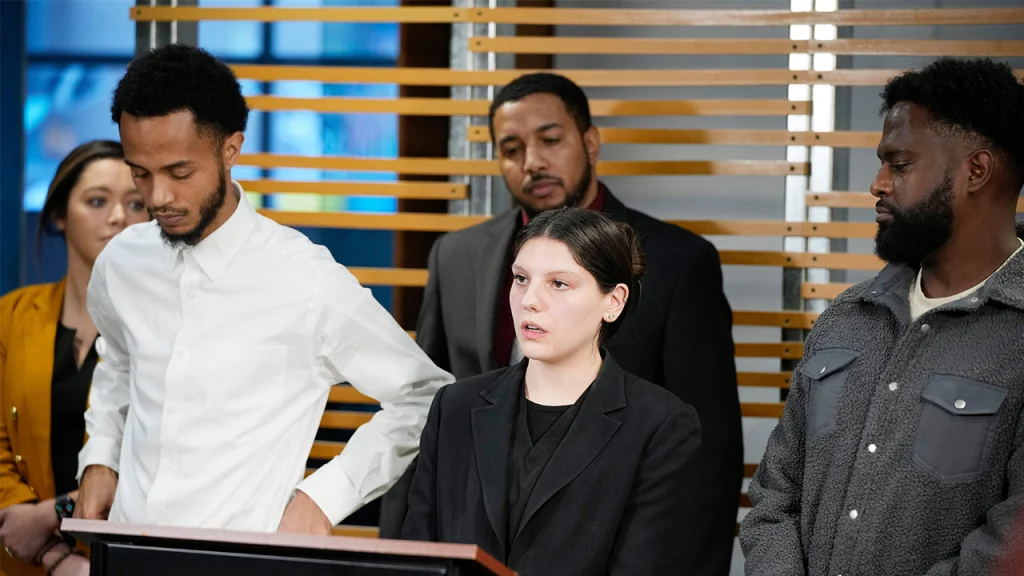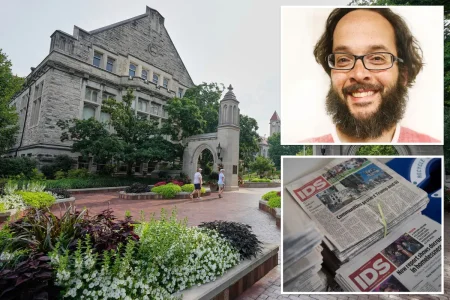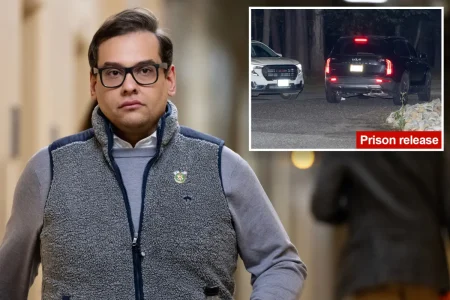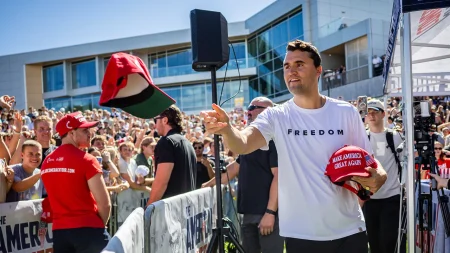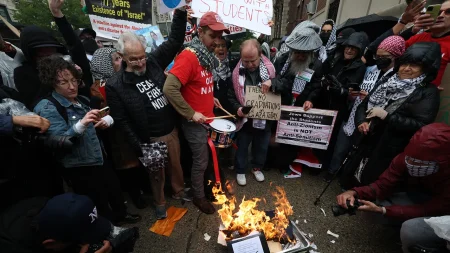Denver Bystanders Awarded Nearly $20 Million in Police Shooting Settlement
In a landmark decision, six bystanders injured during a 2022 Denver police shooting will collectively receive $19.7 million in damages after a jury ruled in their favor. The substantial compensation acknowledges the trauma and suffering these innocent victims experienced in what should have been a routine night out in one of Denver’s popular entertainment districts.
The civil lawsuit stems from a July 2022 incident in Denver’s Lower Downtown neighborhood, an area known for its vibrant nightlife and proximity to Coors Field. Officer Brandon Ramos, who was part of a gun violence prevention team patrolling the area, along with two fellow officers, opened fire on Jordan Waddy after he reportedly drew a handgun. While Waddy survived his injuries, the officers’ actions resulted in serious collateral damage—six innocent bystanders caught in the crossfire. Unlike his colleagues who were cleared of wrongdoing, Ramos faced serious consequences. A grand jury determined that Ramos was not in immediate danger when he fired his weapon, as Waddy had not turned to face him. More critically, the investigation found that Ramos failed to account for the crowded area behind his target, a fundamental oversight in police protocol regarding use of force in public spaces. Ramos eventually pleaded guilty to misdemeanor assault, receiving probation and losing his certification to serve as a police officer. He resigned from the Denver Police Department in February 2024, effectively ending his law enforcement career.
The injuries sustained by the bystanders highlight the devastating potential consequences of police shootings in crowded public spaces. One victim required surgery after being shot in the arm, another suffered a bullet wound that entered through their back and exited through their arm, and a third person was grazed on the foot. These physical wounds, combined with the psychological trauma of being unexpectedly caught in gunfire while simply enjoying a night out, formed the basis of their civil claim against the department. The substantial damages awarded reflect not just medical expenses but also acknowledge the profound emotional and psychological impact of such an experience—the sudden transformation of an ordinary evening into a life-threatening nightmare that continues to affect these individuals long after their physical wounds have healed.
The legal team representing the victims celebrated the jury’s decision as a significant recognition of their clients’ suffering. “The jury’s award for damages recognizes the suffering that these six victims endured at the hands of an officer who vowed to serve and protect,” the plaintiffs’ attorneys stated. Attorney Omeed Azmoudeh emphasized the broader implications of the verdict, noting that it sends “a clear message about police conduct” and reinforces the principle that bystanders “are not just a backdrop that you can’t think about.” This statement cuts to the heart of what many see as a critical issue in modern policing—the absolute necessity for officers to consider the potential for collateral damage when making split-second decisions to use deadly force in public settings.
While the Denver Police Department declined to comment on the verdict, the case represents part of a growing national conversation about police accountability and the responsibilities officers bear when operating in crowded public spaces. The settlement comes at a time of heightened scrutiny of police tactics and use-of-force policies across the United States. What distinguishes this case is that it focuses not on the intended target of police action but on the innocent bystanders who suffered consequences from an officer’s decision. The verdict suggests that courts and juries are increasingly willing to hold departments financially accountable not just for direct misconduct toward suspects, but also for failures to adequately protect the public from collateral harm during police operations.
For the six victims, the financial compensation represents acknowledgment of their suffering and provides resources for ongoing recovery. Yet, no amount of money can fully restore what they lost that night—their sense of security, physical well-being, and the carefree enjoyment of public spaces without the shadow of trauma. Their experience serves as a powerful reminder of the high stakes involved in police use of force decisions and the ripple effects that extend far beyond the immediate target. As communities across the country continue to grapple with questions of public safety, police accountability, and the balance between effective law enforcement and civilian protection, the Denver case stands as a significant marker of how our society is increasingly demanding that this balance prioritize the safety of innocent bystanders.





